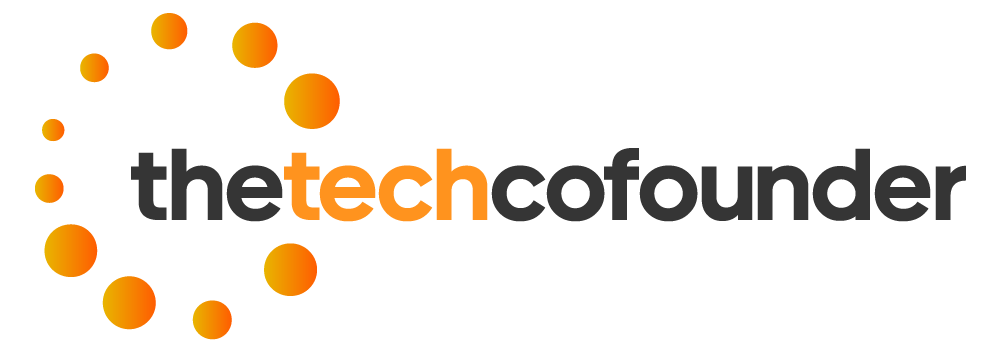Professionals in healthcare and creative industries face the dual challenge and necessity of keeping up with rapid technological advancements. With rising client expectations and remote work as the new standard, professionals must find efficient ways to enhance skills, streamline tasks, and remain competitive.
Emerging tools, especially those powered by AI, are creating new pathways for career growth and skill development, helping professionals meet these demands head-on and redefine how they deliver value in an increasingly digital world.
The Digital Revolution in Professional Development
Organizations are increasingly recognizing the importance of digital transformation, not just for integrating new technologies but for fundamentally reshaping professional development. This shift is critical, enabling professionals to use innovative tools for career growth and improved outcomes.
Why These Tools Matter Now
- Remote work has become a mainstay for many professionals.
- AI and automation are opening up unprecedented career opportunities.
- Rising client expectations are setting new standards for digital service delivery.
- The competitive landscape demands continual skill development.
- Cross-industry innovations are creating new opportunities and approaches.
See also: How Retrieval Augmented Generation is Reshaping the Healthcare Sector in the US
Revolutionary Tools in Healthcare
1. AI-Powered Diagnostic Platforms
AI-powered tools are significantly transforming diagnostic capabilities for healthcare professionals. Managing common conditions now utilizes standardized codes, highlighted by the ICD-10 Code for Depression, and advanced platforms such as Enlitic Curie™ are enhancing diagnostic accuracy and reducing analysis times. These platforms offer:
- Real-time image analysis
- Pattern recognition across large datasets
- Automated reporting and documentation
- Integration with existing medical systems
2. Remote Patient Monitoring Solutions
Innovations in remote monitoring technology are enhancing the way healthcare providers can manage patient care from a distance. These modern tools enable providers to:
- Track vital signs in real-time
- Receive automated alerts for significant health changes
- Conduct virtual consultations
- Manage chronic conditions remotely A leading healthcare provider notes that remote monitoring tools have improved patient outcomes and increased engagement across demographics.
3. Advanced Imaging and Standardization Tools
AI-driven imaging tools are playing a crucial role in enhancing patient care quality by improving the accuracy of diagnostics. These advanced tools provide:
- Automated image standardization
- Quality control protocols
- Enhanced visualization capabilities
- Faster processing times
These enhancements are reshaping the landscape of medical diagnostics and patient care, proving essential for healthcare providers aiming to improve efficiency and outcomes.
Innovations Transforming Creative Industries
4. Digital Content Creation Platforms
The democratization of the creative landscape has greatly lowered entry barriers for content creators, largely due to the adoption of digital tools. These platforms now provide professional-grade editing capabilities previously accessible only in high-cost studio environments. In addition, cloud-based collaboration allows creators from different locations to work seamlessly together, enhancing productivity and creative exchange.
Automated workflow management systems streamline processes and save time, while cross-platform compatibility ensures that projects can be executed and accessed across various devices, widening the scope for creative expression and distribution. These advancements allow a wider range of individuals to engage in creative pursuits professionally.
5. AI in Music and Art Creation
The integration of AI in the realms of music and art creation marks a transformative shift from traditional methods to more technologically advanced approaches. Traditional creation times that could span days to weeks are now reduced to mere hours or days with AI-enhanced tools. Where iterations were once limited by manual effort and the physical presence of the artist, AI now enables near-instant variations and global virtual collaboration, breaking down previous geographical and logistical barriers.
Additionally, the cost dynamics have shifted from high equipment and studio fees to more accessible subscription-based models. Distribution too has evolved from conventional channels to leveraging multiple digital platforms, vastly broadening the reach and impact of creative works. This shift has opened new possibilities for artists to express themselves and monetize their creations in innovative ways.
6. Virtual Collaboration Platforms
Many creative professionals are now using virtual collaboration tools. These tools help with:
- Real-time project coordination: Teams can work together simultaneously, no matter where they are located.
- Global team management: Manage and coordinate with team members across different time zones.
- Asset sharing and version control: Easily share files and maintain control over document versions to ensure everyone is working on the latest iteration.
- Client feedback integration: Quickly incorporate feedback from clients directly into the project, enhancing responsiveness and adaptability.
Career Advancement Through Specialized Education
The rising demand for specialized skills has led to a significant increase in enrollments for professional certification courses, with key areas such as AI for Medicine, Health Informatics, Digital Art and Design, and Creative Technology Management seeing a notable uptick. This trend underlines the growing importance of tailored qualifications in enhancing career prospects across various industries.
Additionally, there is an increasing focus on continuous learning within niche areas like health data analytics, digital therapeutics, creative AI applications, and virtual reality in healthcare. Engaging in these specialized fields broadens professional skills and enhances job prospects, reflecting a shift towards more targeted, ongoing professional development.
Traditional vs Digital Tools in Professional Development
| Aspect | Traditional Approach | Digital Tools | Impact on Career |
| Learning Pace | Fixed schedule | Self-paced | Higher completion rates |
| Skill Practice | Limited resources | Unlimited virtual practice | Better skill retention |
| Networking | Location-dependent | Global reach | Expanded opportunities |
| Portfolio Building | Time-intensive | Automated documentation | More comprehensive showcasing |
| Client Interaction | In-person focused | Multi-channel engagement | Increased client base |
Wrapping Up
Integrating AI and digital tools in healthcare and creative industries represents a pivotal shift in professional development and operational efficiency. As these technologies evolve, they offer opportunities for professionals to enhance their capabilities, meet rising client expectations, and stay competitive globally. Embracing these tools drives innovation and ensures that professionals are prepared to navigate the future landscape of their fields.
FAQs
How is AI transforming the healthcare industry?
AI enhances diagnostic accuracy by analyzing large datasets for precise pattern recognition, improves patient monitoring with real-time data tracking, and supports personalized treatment plans by predicting patient responses and adjusting care.
What benefits do digital tools provide in the creative industries?
Digital tools streamline production by automating repetitive tasks, reduce costs through accessible subscription models, and expand market access, enabling artists and designers to reach global audiences through online platforms.
What skills are essential to succeed in a tech-enhanced workplace?
As technology advances, essential skills include data literacy, proficiency with AI tools, and digital collaboration. Equally vital are adaptive skills like flexibility, continuous learning, and strong problem-solving abilities to navigate evolving work landscapes.







